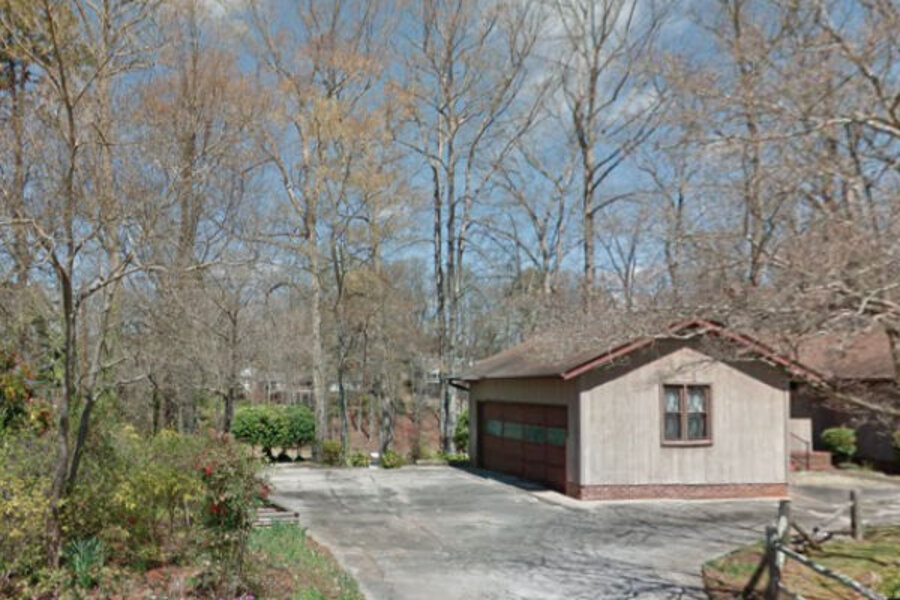Ku Klux Klan candy: Parents can’t sugarcoat intolerance for kids
Loading...
Imagine that your happy, enthusiastic child comes to you with a bag of candy left at your front door or presented personally by a polite stranger at the door with a friendly note asking your family to come join the Ku Klux Klan.
According to reports, parents in Seneca, South Carolina and other areas around the nation are having this kind of encounter with increasing frequency as the KKK makes community outreach efforts.
“Never take candy from strangers,” leaps to mind as the first thing to tell my child in this instance.
While it is often meant literally, often to protect children from being lured into cars by strangers with bad intent or perhaps even being poisoned (as happened to a neighbor in New Jersey when I was a child), it is now something I see as a metaphor for this situation.
The KKK is attempting to sugar coat its history of intolerance and violence via good deeds, and in this particular instance giving out bags of candy with notes asking people to join their efforts to halt immigration reform.
According to the Associated Press, some residents of Seneca found bags of candy on their street containing a piece of paper asking them to "Save Our Land, Join the Klan.”
Apparently, this most recent campaign is part of an effort to rally support for the KKK’s efforts against illegal immigration.
This is not an isolated effort of good deeds to promote the controversial group. The KKK attempted to adopt a stretch of Georgia highway in June 2012, according to CNN.
When finding ways to explain the group to my kids, I found the History Channel’s biography about the group helpful. http://www.history.com/topics/ku-klux-klan
“After a period of decline, white Protestant nativist groups revived the Klan in the early 20th century, burning crosses and staging rallies, parades and marches denouncing immigrants, Catholics, Jews, blacks and organized labor,” reads the groups’ description on The History Channel site. “The civil rights movement of the 1960s also saw a surge of Ku Klux Klan activity, including bombings of black schools and churches and violence against black and white activists in the South.”
Politics and history aside for a moment, I am still pondering what I would do if the KKK showed up on my doorstep. I live in a small enough town where people frequently come to my door to sell things and neighbors often leave gifts of food for each other. It’s not unusual to find produce from a friends’ garden or even a bag of candy.
In fact this is a lot like a Halloween community game we play in my neighborhood called “The Boo.” The idea is to pay it forward by leaving candy anonymously with a picture of a ghost. By Halloween the whole neighborhood has pictures of the typical white sheet with two eye-holes cut in it to represent a ghost.
Given the KKK affinity for white hoods with eye holes I can’t help but feel a chill at the thought of how easily this tactic dovetails with the innocent community spirit game we play.
Because of “The Boo” and our neighborly community I have no trouble at all imagining both my child’s and my reactions to the Klan coming to the door with candy.
My son Quin, age 10, whom I have taught to be polite, would welcome the nice candy people and offer me and his brothers a piece of “klandy.”
If the people were actually at the door, he would happily fetch and introduce me.
I would greet strangers with a smile right up until they told me they were the KKK and then it would be a big challenge for me not to lose my calm.
For my part, job one would be to send my child far from the door before informing the visitors that my maiden name is Goldenthal, and members of one of their local branches has harassed me for teaching chess to children of all races.
If that didn’t send them packing I would call the police and all my neighbors, in that order.
I wouldn’t make those calls out of fear, but the need to warn people that a group with a long, dark, history of bad deeds and intolerance was coming to their door.
Hopefully, I would be able to do this without shouting or frightening my child.
Then the task would be to explain to my child why I was throwing away candy.
I would have to carefully explain that “Candy from strangers” can come in many forms.
In this case, sugar coating intolerance can include adopting a highway, or a neighborly bag of chocolates, but we must be careful to recognize when a sweet gesture is covering the bitter taste of the seeds of intolerance.






